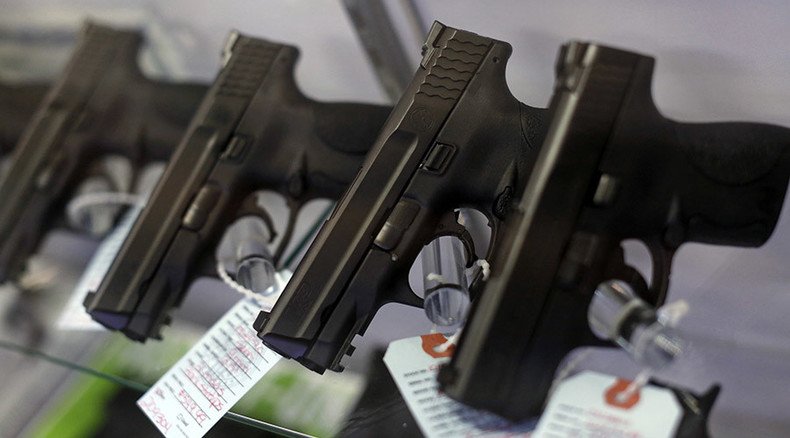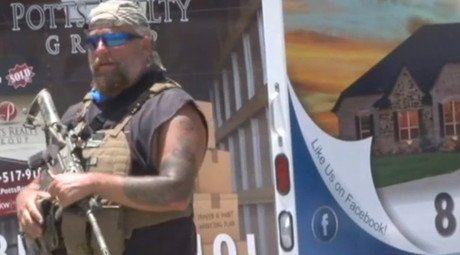Cops more likely to be murdered in states with high gun ownership - study

Police officers in states with high gun ownership are more than three times at risk to be killed on the job as those in states with low gun ownership, according to a new study.
States with both the highest gun ownership rates and the rate of officers killed on duty per capita included Alabama, Alaska, Arkansas, Mississippi, and Montana, based on the study "Firearm Prevalence and Homicides of Law Enforcement Officers in the United States" published Thursday in the American Journal of Public Health.
Connecticut, Massachusetts, New Jersey, New York, and Rhode Island have the lowest average gun ownership rates, corresponding with a low number of law enforcement deaths per capita, the study found.
The study's lead author, University of Illinois at Chicago professor David Swedler, said stricter gun laws could ultimately reduce police deaths.
There's a connection between gun ownership and police homicide http://t.co/3lBZGpaCWBpic.twitter.com/n14BOassFn
— Alissa Scheller (@alissascheller) August 14, 2015“If you are looking to protect officers’ lives, think about the gun laws in your state,” Swedler told the Chicago Sun-Times.
Ninety-two percent of on-duty officer homicides come from guns, Swedler said, adding that three-fourths of those deaths are from handguns.
The researchers estimated that a 10 percent higher statewide firearm ownership rate resulted in 10 percent more officer homicides in each state over the 15-year period they studied.
READ MORE: Quarter of US cop shooting victims were in mental distress – report
Swedler and his team used the latest available data on household gun ownership to figure how many guns existed in each state. The data came from the national household survey of health risks, known as the Behavioral Risk Factor Surveillance System. However, the figures on gun presence inside the home were only available for the years 2000, 2001, and 2004.
A spokeswoman for the National Rifle Association, the most powerful gun lobby in the US, said the study is deeply flawed given that it relied on older surveys of gun ownership, and that law enforcement homicides have declined between 2003 and 2013, while handgun ownership has risen.
“This is just another ‘so-called’ study skewed by the anti-gun bias of its lead author, who hails from the Bloomberg School of Public Health, which is funded by and named after billionaire Michael Bloomberg — the leading gun control activist in the country,” said NRA spokeswoman Jennifer Baker.
Swedler admitted the data his team relied on was "not perfect," though they were the best insights available for his research. As for the accusations of bias, Swedler said he would "decline to respond to that line of argument,” according to the Sun-Times.
READ MORE: Only about 4% of NY assault rifles are registered, new stats suggest
Nevertheless, Swedler still emphasized that it is not prevalence of violent crime but high rates of gun ownership that are contributing more to law enforcement killings.
"Hypothetically, officers might be put at increased risk if they are more frequently encountering violent criminals, but our data doesn't find that to be the case," said Swedler. "We find that officers are at an increased risk for being killed the more frequently they encounter guns in public settings."
Domestic disturbance calls are often a source of gun violence aimed at officers, he added.
"Research shows that responding to domestic violence calls are one of the most common situations in which officers are killed. In states where firearms are more prevalent, officers responding to reports of domestic violence are more often entering potentially lethal situations compared to officers responding to such calls in states with lower firearm prevalence," Swedler said.














